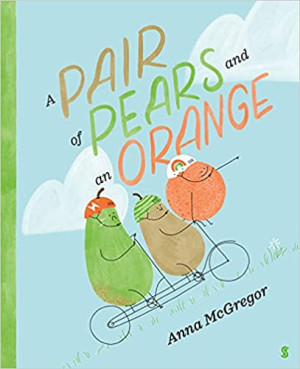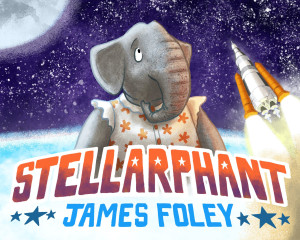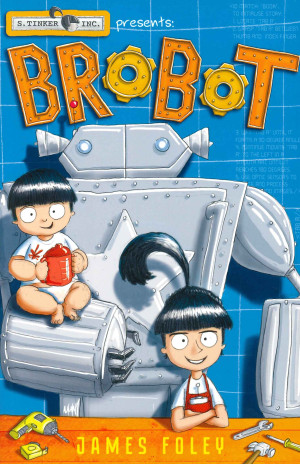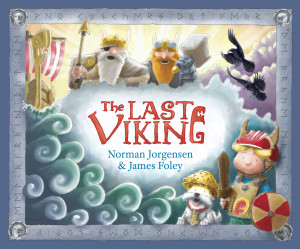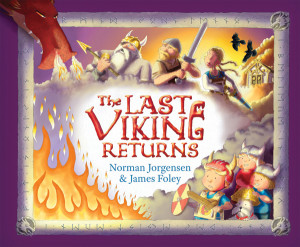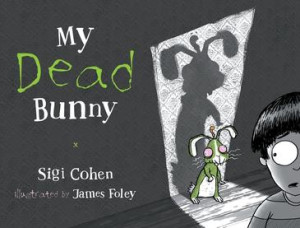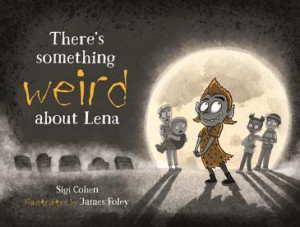

DRAW. CREATE. WIN! JAMES FOLEY WANTS TO VISIT YOUR SCHOOL!
Get your students' creativity flowing with an exciting competition from StoryBox and author/illustrator James Foley (creator of Stellarphant, Happy Barry, Capybara, and Brobot).
How to enter:
1. Watch James’s special Story Tools lesson “From Sketch to Finished Art” with your class.
2. View Stellarphant on the Hub read by Jillian Nguyen.
3. Click on the image below to download the competition activity pack.
4. Have your students complete the drawing activity.
5. Email your students entries to competitions@storyboxhub.com by 12th March, 2025 (just send pages 1-3 for each student).
Two lucky schools will win a visit from James Foley, who will run fun writing workshops. They’ll also win a one-year premium subscription to StoryBox Hub (with over 550 story reads and 36 Story Tools lessons).
If you’re in Victoria, James will visit your school in person on Wednesday April the 2nd, 2025. He’ll be accompanied by our StoryBox Hub film crew, who’ll give your kids an extra-special treat by filming James reading his brand-new picture book, Happy Barry, Capabara. And if you’re elsewhere in Australia, James will run a session for your school via video chat (at a mutually agreed time in 2025).
We can’t wait to see your students’ creations!
Find full terms and conditions here.
Taking your ideas through to completed art
What’s in the Video?
The finished illustrations in a picture book or graphic novel might look amazing, but that’s because their creators will have spent a LOT of time experimenting with and perfecting their work. In this lesson, you’ll learn all about how an illustration goes from a doodle to a polished, finished thing.
 Learning Intentions
Learning Intentions
1. Learning about narrative illustration, and how story moments can be communicated in illustration.
2. Exploring the drafting process, and how work can be developed and perfected.
SUCCESS CRITERIA:
1. Experimented with illustration, and different ways of producing illustrated works.
2. Created a final draft of an illustration that demonstrates improvement through drafting and editing.
 Discussion Questions
Discussion Questions
PRE-VIDEO:
Have you ever tried to draw a picture that didn’t turn out the way you imagined in your head? What did you do next?
Have you ever drawn lots of different versions of the same picture or character? What changed in your different versions? Did drawing something over and over again help make your work better?
Think about your favourite illustrated book. How do you think the illustrator of that book might have created this book? What steps do you think might be involved in their process?
POST VIDEO:
James said that every one of his drawings begins as SKETCHES – rough drawings or tiny scribbles. What did James say was the purpose of these rough drawings?
James also told us that he creates something called THUMBNAILS for the drawings in his books. Do you remember what these are? Why does James make thumbnails of his books?
Anna said that good illustration requires a lot of thought, and that before she begins sketching, she asks herself lots of questions. Do you remember what some of those questions were? (NB – who are the characters? What emotions might they experience during the story? What are the key events in the story and how can I show these? Where does the story take place? What moods do I want to convey in each scene?)
James showed us the development of the illustrations for his book, ‘Stellarphant’. What changes did you notice in James’s art as he was developing these from rough sketches to finished illustrations? (Optional - show students Resource 3: Stellarphant Development REFERENCE.)
Anna and James told us that the process of developing their sketches can sometimes change their story’s narrative.
Do you remember the example Anna gave from ‘A Pair of Pears and an Orange’?
What about the example James gave from ‘Stellarphant’?
How do you think experimenting with your drawings as you are drafting them, might change the story you are trying to tell?
Do you think that experimenting with different drafts of your illustrations might help you to develop your story? How?
 Curriculum Links
Curriculum Links
ENGLISH Year 5-6
Language:
● Text structure and organisation: AC9E5LA03, AC9E6LA03, AC9E5LA04,
Literature:
● Engaging with and responding to literature: AC9E5LE02, AC9E6LE02
● Examining literature: AC9E5LE03, AC9E6LE03
● Creating literature: AC9E5LE05, AC9E6LE05
Literacy:
● Analysing, interpreting and evaluating: AC9E5LY03, AC9E6LY03, AC9E5LY05,
AC9E6Y05
● Creating texts: AC9E5LY06, AC9E6LY06
LITERACY
Writing:
● Creating texts: Crafting ideas Level 7-8
CREATIVE AND CRITICAL THINKING
Generating:
● Create possibilities: Level 4
Reflecting
● Transfer knowledge: Level 4









-thumb.jpg)
